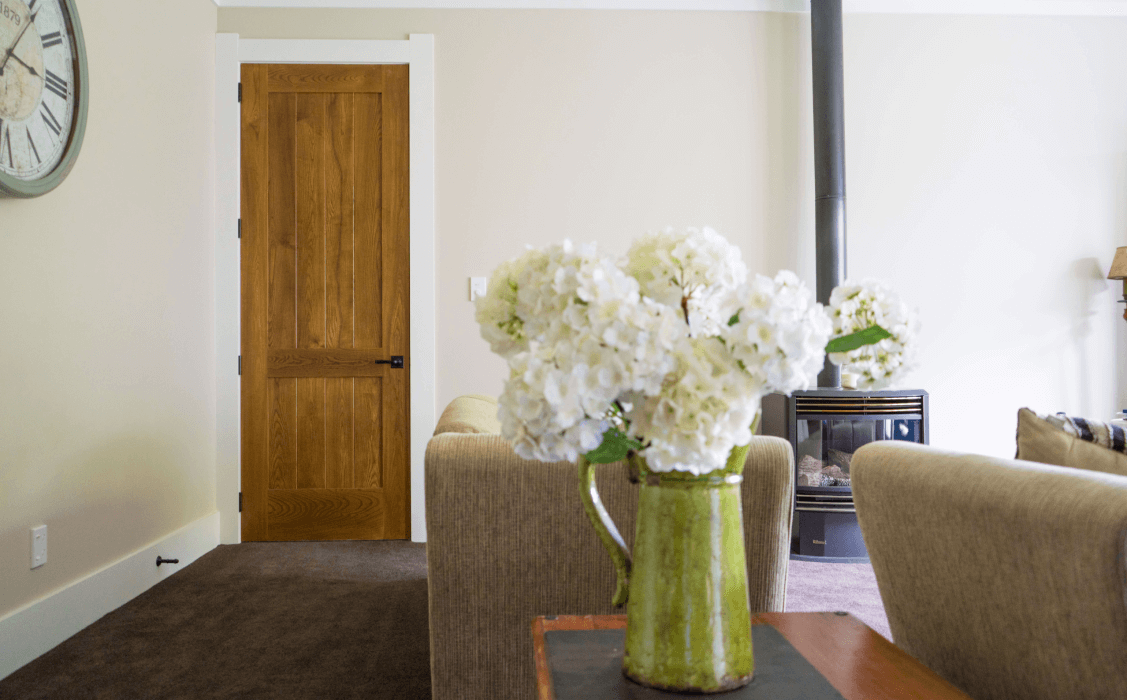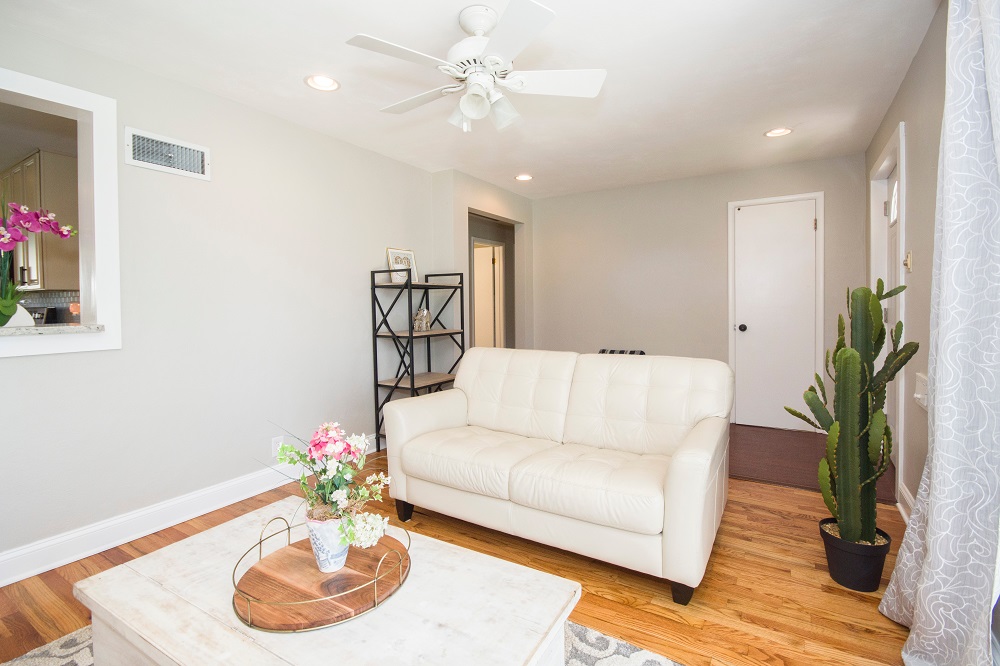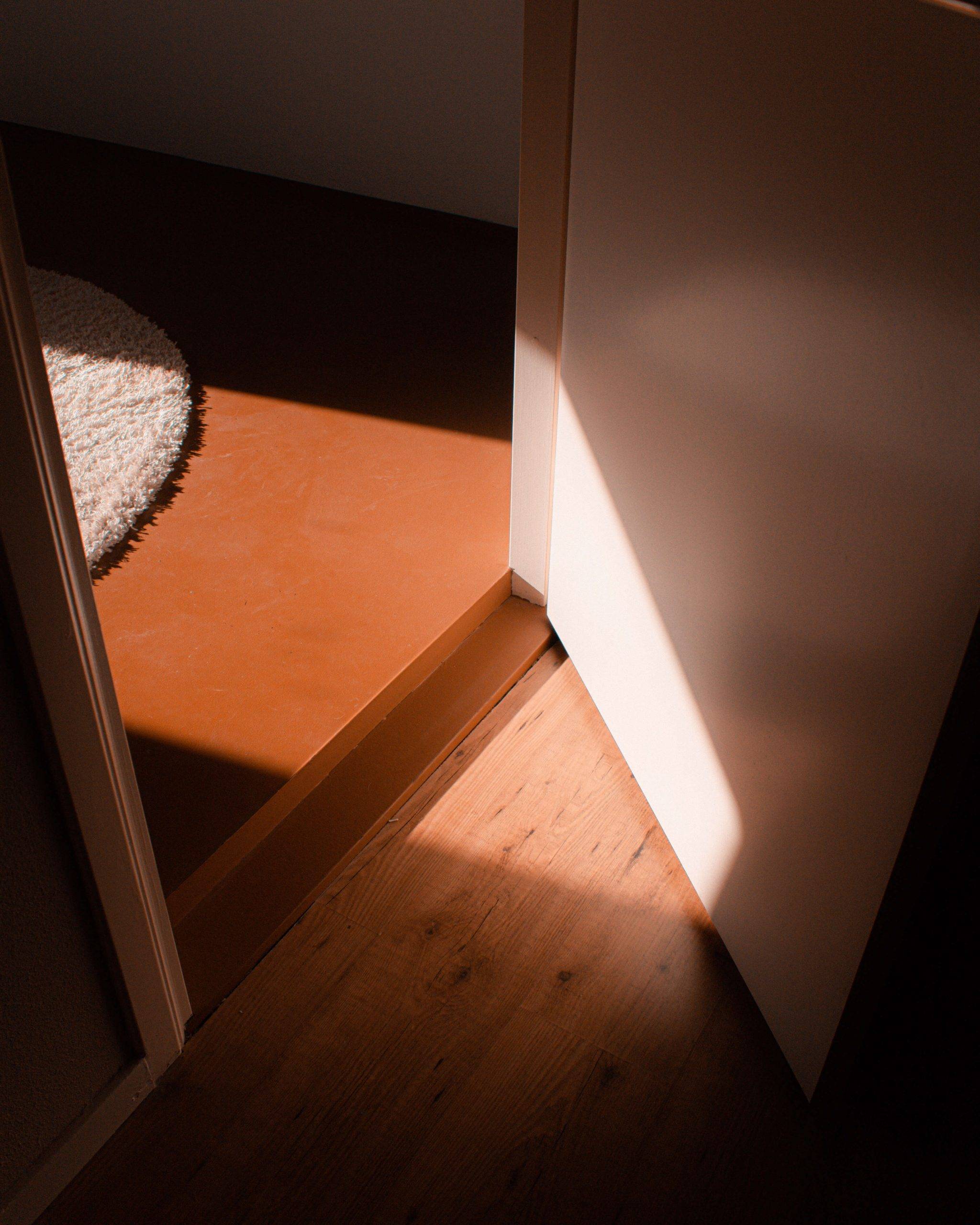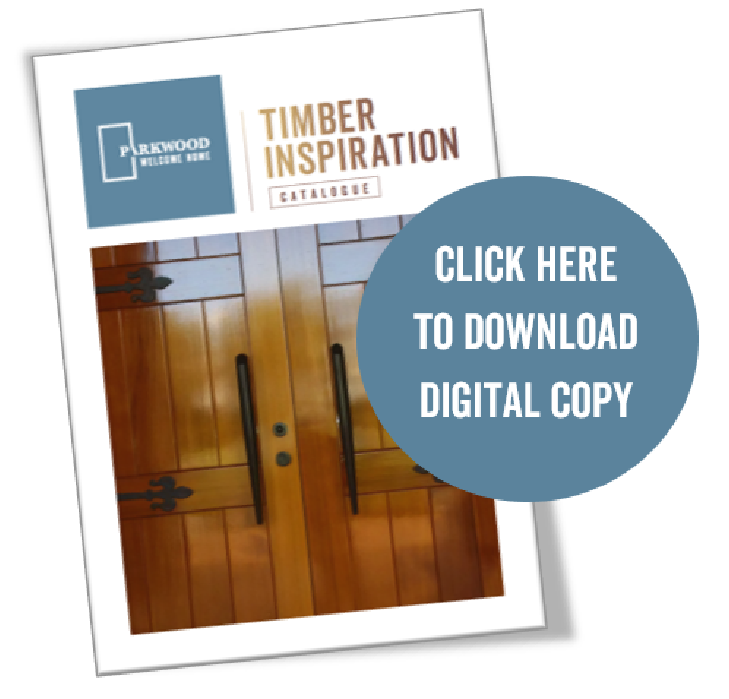It is important to consider your budget and purpose when choosing the type of door you require. There are many kinds of interior doors made from different kinds of materials in many styles and configurations. Houses tend to have several interior doors throughout them, each usually having several functions. Your choice of doors can have a profound effect on your home’s privacy, noise control, and overall visual appeal. It is possible to simply close the door for privacy, but you may require some soundproofing too.

Solid Wood Doors
It is true that doors are utilitarian, but that doesn’t mean they can’t be beautiful, too. If only for this reason, you might be tempted to install solid wood doors throughout your home, giving it a richer appearance and feel.
Solid wood doors are the most expensive, but they are also the most durable and offer numerous advantages. For the interior of your home, solid wood doors are the best sound-proofing doors you can choose. However, solid wood can change over time based on humidity and temperature fluctuations.
Few solid wood doors are single, unified slabs of wood because wood of that size is nearly impossible to obtain and because solid slabs can warp or crack. Mostly, they are made using traditional joinery techniques with vertical stiles, horizontal rails and different panel profiles within, giving them a beautiful 3-D profile, improving the detail and style of a home.
Pros
- Solid and substantial.
- Strong – Less prone to damage.
- High-quality construction.
- Excellent insulation and sound-dampening qualities.
- A relatively good fire-resistance.
- Help maintain the resale value of the home.
- Appealing look.
- Easy to repair.
Cons
- Expensive.
- May expand, contract, or warp from changes in temperature and humidity.
- Added weight makes them more challenging to install.

Solid-Core Doors
These doors aren’t entirely made of wood but filled with an Engineered Wood Fibre blend. They provide the durability and sound insulation of a solid wood door but more economically. Solid-core doors can offer good fire resistance. The construction prevents expansion and contraction due to changes in humidity.
A solid core door can be considered as a meeting-in-the-middle option, but without any of the glamour of solid timber profiles, since it offers benefits both of solid wood and hollow core doors. However, solid core doors don’t come without their own set of drawbacks.
Solid core doors tend to be the heaviest doors, since the centre of the door is solid,.
Pros
- Excellent sound insulation.
- Mid-range price.
- Better fire resistance.
- Resists warping.
- Sturdy construction.
Cons
- Limited Style Options.
- Difficult to install.
- Heavy.
- Can be difficult to repair.
Hollow-Core Doors
The hollow core door is the affordable option. Hollow-core doors are constructed using a thin layer of wood or fibreboard over a core of cardboard or plastic. The significant amount of empty space lends the word hollow to the door. Hollow-core doors are lighter in weight, allowing for easy hanging and are usually common for lower-end budget builds. These doors provide little insulation or fire resistance and have minimal soundproofing.
Pros
- Inexpensive.
- Easy to install because they are light-weight.
Cons
- Poor sound insulation.
- Poor fire resistance.
- Structurally weak.
- Exposed edges.
- Damages easily, poor resale.
- Hard to repair.

Hopefully, you are now better positioned to choose the door that best suits your needs. In particular, not overlooking functionality when selecting a door. Sure, you can make do with almost any door but, when you use a door multiple times every day, taking the time to select one that offers the best experience is well worth the investment. Additionally, you should consider what the future may bring. After living in a home for several years, one’s needs may change – offices may become bedrooms, or perhaps rooms are rearranged as children grow or as people’s physical capabilities change.
.


